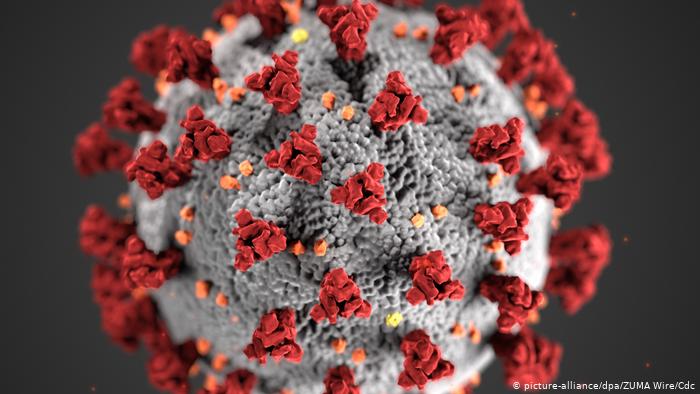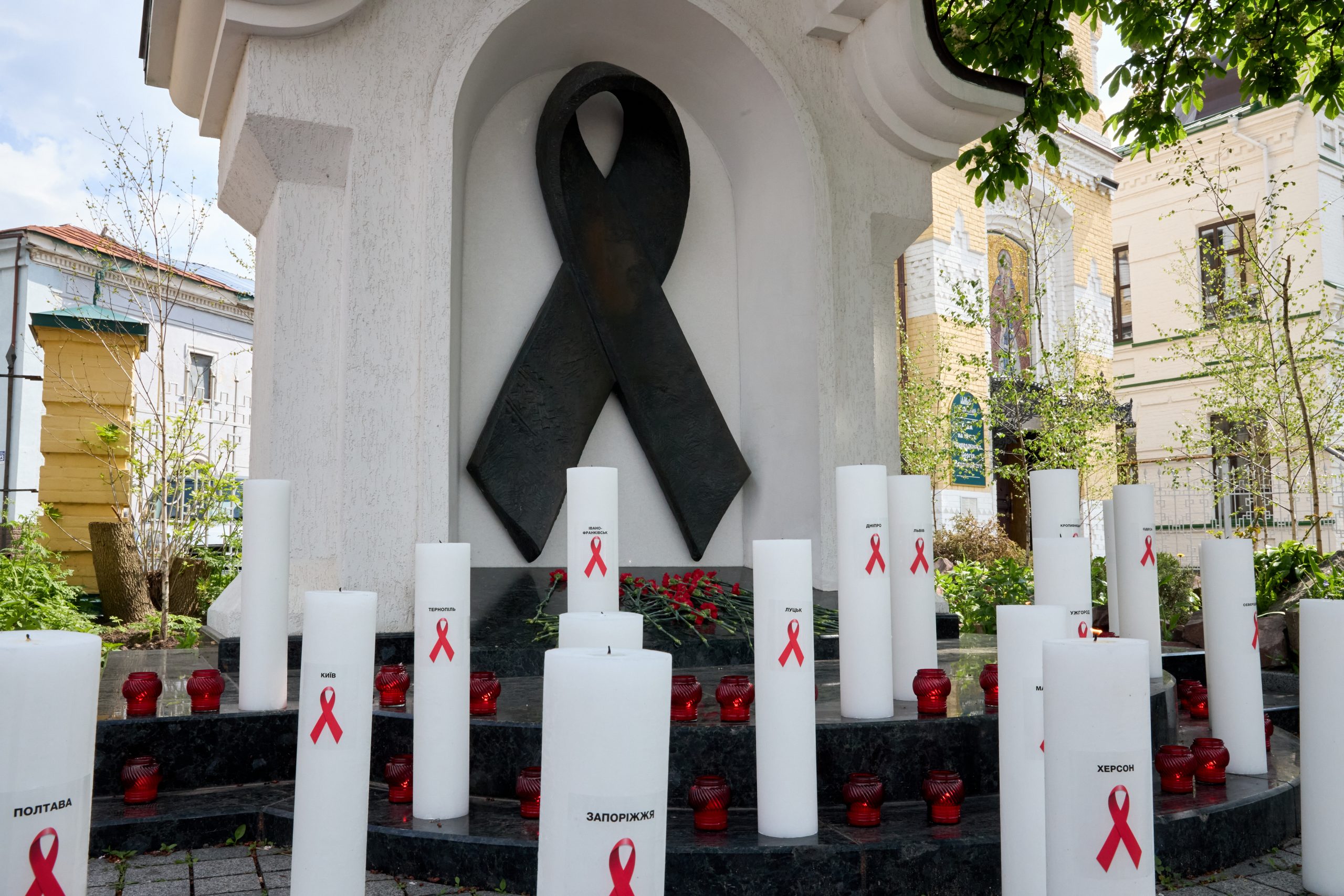
WHO and CDC recommendations to PHC to limit the spread of COVID19 in ART centers*
*- these recommendations are subject to change as the situation develops
These recommendations are in the line of the MOH order #663 to implement at the ART site.
Questions could be addressed to WHO CO vodianyka@who.int
Introduction: To ensure uninterrupted care and treatment services provision for PLHIV and introduction of interventions to prevent PLHIV and medical staff COVID19 exposure.
In order to decrease the risk of the COVID19 exposure PHC recommends the following:
- CPH must make a temporary order/recommendations on reduction of the risk of COVID infections to PLHIV and to ensure timely of delivery of ART to the patients.
- CPH must make temporary order or recommendation allowing for delivery of ART to patients without exceptional circumstances using post\courier services or other delivery services, mobile services.
Sections Headings:
- Decrease the number of patients visit to ART sites
- Patients who visit facility for ART refill
- Introduce strong appointment system to limit number of people in clinic
- Reduce need for appointments
- Health staff review upcoming appointment
- Call and offer ART delivery by courier or post ahead of appointment
- Reschedule appointment for later date.
- MMD (minimum 3 month scripting) should be provided to all patients
- Consider alternatives to decrease time in clinic:
ART dispensing by the nurse at the site without physician
ART delivery by social worker
ART delivery by the mobile van
- Introduce telemedicine consultation using Skype, Viber, WhatsApp, Telegram etc.
- Options should be advertised via ART web, information to local NGO should be sent
- Patients who visit facility for laboratory testing
- Postpone any visits for the purpose of the routine examinations (including VL, biochemical tests, other) during COVID season
- Patients with VL less than 1000 copies should be evaluated according to current regulations. Online consultation and enhanced counselling should be preferable options (Igor Semenenko proposal)
- Laboratory tests prescribed to the patient to make clinical decisions and due to health conditions should not be not delayed and done respecting all infection prevention precautions.
- HIV testing for screening and confirmation should be done respecting all infection prevention precautions
- Patients who visit facility due to health issues
- Access for the medical care provision for the patients should not be limited.
- Time of the client’s visit should be appointed by phone
- When appointment time discussed with the patients screening for COVID should be done by phone using MOH order # 663 (reference).
- Online consultation should be preferable option for the PLHIV to solve standard issues (ARVs side effects, OI treatment regimen or dosage correction etc.)
- During the visit- patients should be screened for COVID based recommendation MOH #663
- Newly identified HIV+ patients and patients who visit the facility due to clinical symptoms must be screened for OI in accordance to the national protocol.
- Be aware that some of OI can have similar with COVID19, such as PCP and TB. Misdiagnosis and delay of treatment can lead to patients’ death.
- ART should be prescribed in the terms recommended by the clinical protocol. COVID19 quarantine cannot be the reason to postponed ART initiation.
- Infection prevention and control at ART sites during COVID 19 outbreak:
If the patient shows to the facility with clinical symptoms, his observation should be prioritized, and he should be immediately isolated from the other clients.
- Early detection and management of suspected patients COVID 19 should be provided in accordance with the MOH Order #663
- Create waiting areas outside the building to minimize the risk of in-facility exposure
- Organize screening for respiratory disease symptoms at the entrance:
- Self-screening tool (questionnaire)
- Screening by health care provider
- Make sign at the entrance of the facility that patients showed up with symptoms of respiratory disease should ALERT the staff of the facility
- Masks for patients with symptoms should be available and hand rub for all patients
- Limit access to the building to avoid queues and allow physical distancing for at least 2 meters
- Make arrangements for social distancing in waiting areas (i.e. chairs separated)
- Consider introduction of different shifts to minimize lines and crowds of people in the facility at one time.
- Place info materials in the waiting areas to ensure clients are aware of COVID19 symptoms and immediate actions.
- Check if cough etiquette poster is in place, if no please fix.
- Infection prevention and control during patients’ consultation:
- Disinfection of critical items (phonendoscopes etc.) should be done after each patient using ethanol 70% containing disinfectants
- Disinfection of the surfaces should be done 3-times a day with chlorine-containing disinfectants.
- UV lamp (quartz) should be used 1 hour 3-times a day after disinfection currently recommended for TB control
- Patients with respiratory symptoms should wear face mask.
- In consulting room, the window should be kept opened
- Upper-room germicidal ultraviolet should be switched on all the time
- During close contacts with patients (especially when symptomatic) (less than 1 meter) face mask and goggles are recommended (droplet precautions), respirators are recommended only for aerosol-generation procedures
- Hands should be washed before and after works, when hands are visually soiled, before and after meal, before and after toilet with liquid soap
- Hand rub before and after contact with every patient, before aseptic procedure, after contact with body fluids and after contact of patient surroundings (it could be door handle, etc.)
- Make hand sanitizer available to all patients and staff in consulting room
- Keep a distance from the patient at least 1,5m while communicating
- Don’t touch your face, mobile phone, mouse, keyboard with contaminated hands.


